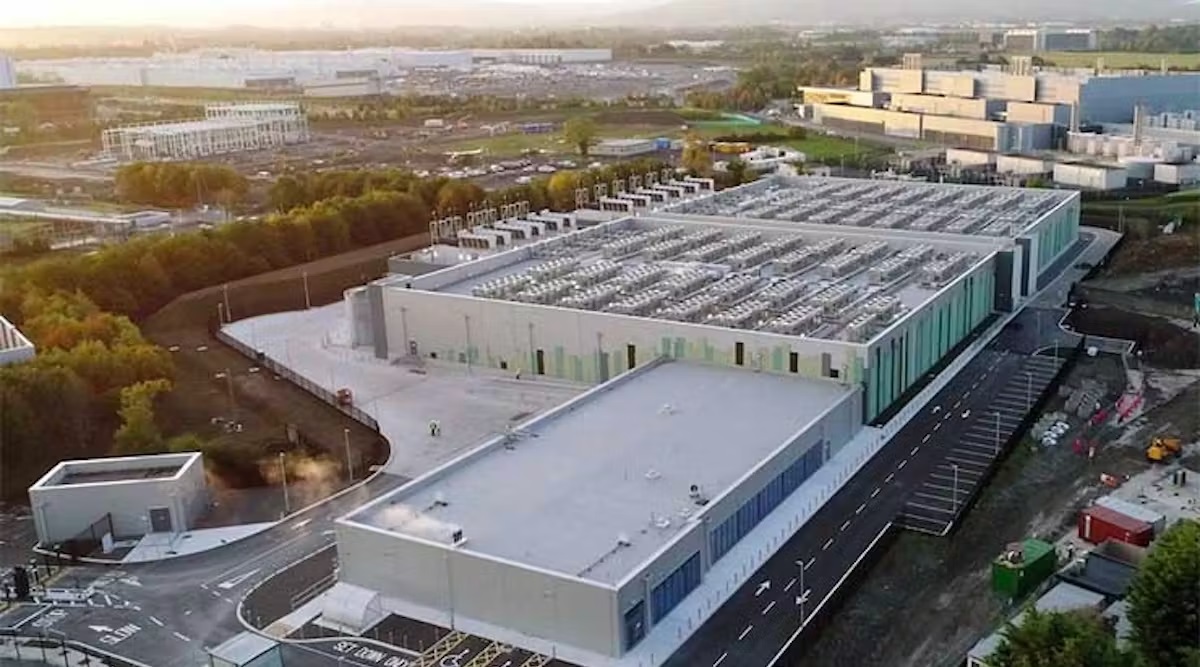JPMorgan’s Dimon Calls for Increased Gas Production Alongside Massive Investment in Clean Energy Tech
JPMorgan Chase Chairman and CEO Jamie Dimon published his annual letter to shareholders on Monday, with the release of the bank’s annual report. While the letter focused on JPMorgan’s navigation of global and national challenges from political polarization to the restructuring of the global order resulting from the war in Ukraine.
The implications of the war was a dominant theme in Dimon’s letter, from its near-term chilling effect on economic growth to the long-term restructuring of geopolitics and global trade. One of the key areas highlighted by the letter was the war’s impact on global energy. Dimon pointed out that the ongoing disruption to the global energy system demonstrates the need to provide secure, reliable and affordable energy resources, and noted that these needs coincide with the drive to develop long-term clean energy solutions to get the world to get on track to reach net zero emissions goals by 2050. The letter called for both increased domestic energy production, particularly gas, while also urging massive investment in the development of clean energy sources.
Dimon called for the development of a “Marshall Plan,” bringing together North American and European allies to ensure energy security, noting that “For such a plan to succeed, we need to secure proper energy supplies immediately for the next few years, which can be done while reducing CO2 emissions,” and outlined a series of steps to achieve these goals.
As the needs for energy security increase, Dimon writes that “constraining the flow of capital needed to produce and move fuels… is a bad idea, noting that “the world still needs oil and natural gas today, but not all hydrocarbons are equal when it comes to their carbon footprint.” Dimon calls for more capital to be directed to less-carbon intensive fuel sources and innovations such as carbon capture and sequestration.
The letter also notes the “need to scale investment massively in clean technologies,” in order to achieve global net zero goals, including in the development of alternative fuels such as clean hydrogen.
Additional steps highlighted in the letter include government policies to drive capital deployment to low carbon solutions, such as a carbon tax and reduced red tape for clean energy projects.
In his letter, Dimon also notes that some legacy energy areas may require more financing, not less, in the near term, in order to enable immediate emissions reductions, including efforts to target methane emissions, and to eliminate natural gas flaring.
Dimon wrote:
“There is no silver bullet to meet the world’s energy and climate goals. But we can start by prioritizing emissions reductions, developing meaningful short- and long-term goals and crafting innovative policy solutions. The curve toward net zero can still be bent before it’s too late.”





